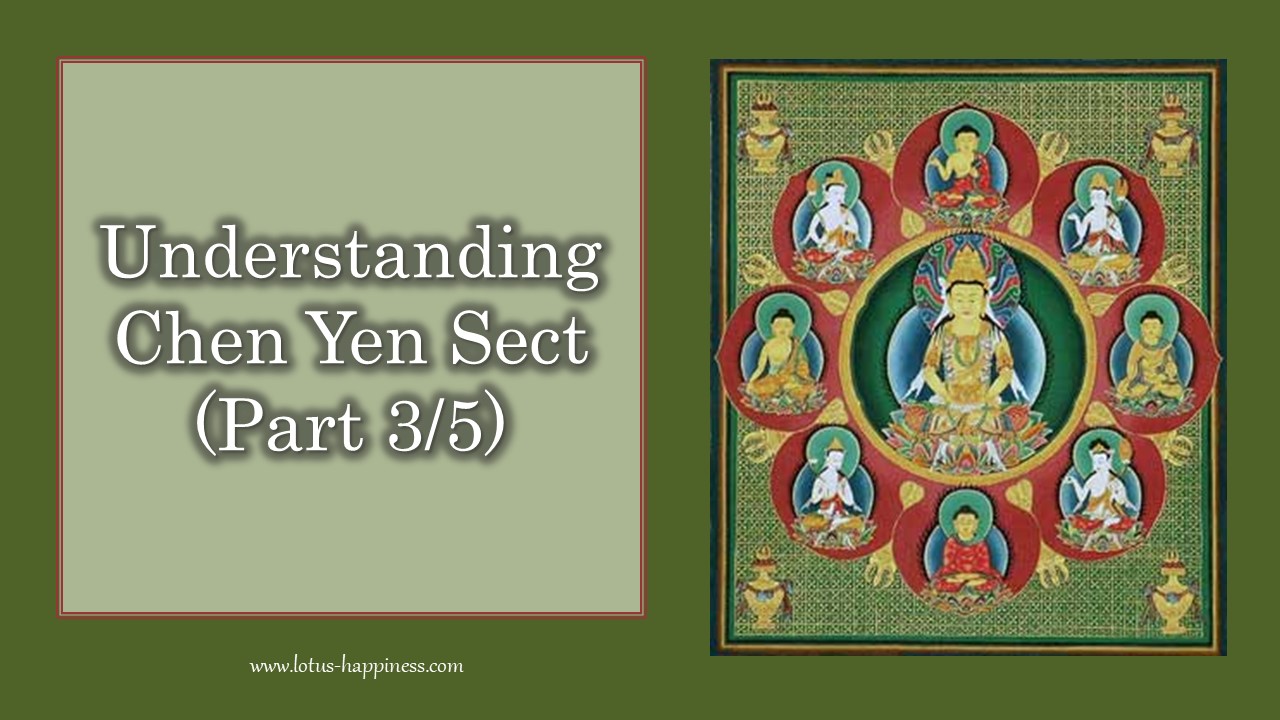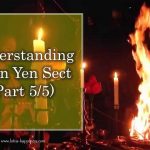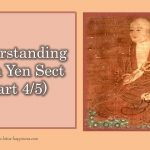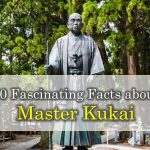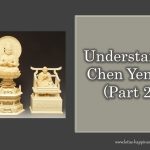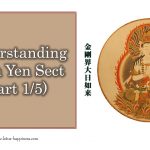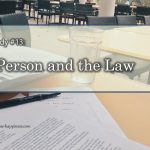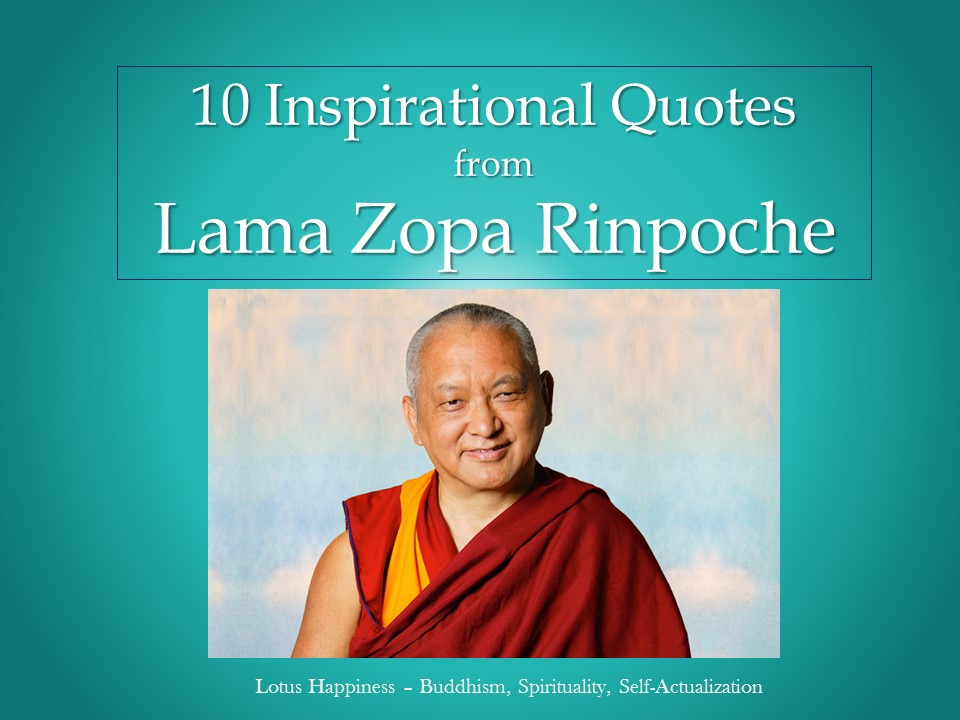Understanding Chen Yen Sect (Part 3/5)
The Fourfold Mandala
The Fourfold Mandala indicates the efficacious power of the Three Mysteries. The painted or sculptured figures show the mystery of the body of the Buddha; the letters show the mystery of the speech of the Buddha; and the symbol shows the ‘original vow’ or thought of the Buddha.
- The Maha-mandala (The Great Circle) [大曼茶羅]– the Mandala of the Buddha and his companions represented by pictures or painted figures, i.e. a plane representation.
- The Samaya-mandala (The Symbol Circle) [三味耶曼茶羅]– the Mandala of the same assembly represented by symbols or article possessed by each. Samaya is a Sanskrit word which means ‘ the original vow’ [本願], but here it is represented by an article borne by each.
- The Dharma-mandala (The Law Circle) [法曼茶羅]– the Mandala of letters (Bija-aksara in Sanskrit) representing all the sagely beings.
- The Karma-mandala (The Art Craft Circle) [羯磨曼茶羅]– the Mandala of the sculptured figures. Karma is a Sanskrit word, which is supposed to mean ‘ work’ or ‘action’, but here means the artistic work of solid representation.
The Twofold Realms
There are twofold realms or called ‘Dhatu’ in Sanskrit in Tantric Buddhism, namely the Vajradhatu [金剛界] and Garbhadhatu [胎藏界]. The former represents the wisdom of Vairocana in its non-destructivity, so it is called ‘Vajra’, a Sanskrit word for ‘diamond’. The latter represents the principle or law or reason stored within Vairocana, so it is called ‘Garbha’ a Sanskrit word for ‘store’ or ‘womb’. In Tantric Buddhism, they are shown in two Mandalas, i.e. groups or circles, representing the ideas arising from the two fundamental concepts in various portrayals. It is important to note that they are not two different realms, but in a unity and are essential one to the other, neither existing apart.
Vajradhatu
Vajradhatu is interpreted as the realm of wisdom, the spiritual world of complete enlightenment, and the Dharmakaya (i.e. the Dharma Body) of the Buddha (Vairocana in Tantric Buddhism). It is also related to the sixth consciousness, and symbolized by a triangle with the point downwards and by full moon, which means wisdom and enlightenment.
While Garbhadhatu is the cause, Vajradhatu is the effect or fruit. Amongst the Six Great Elements, Vajradhatu belongs to the sixth one, i.e. Element of Consciousness.
There are five divisions of Vajradhatu represented by the Five Dhyani-Buddhas, Aksobhya [阿閟佛] in the east, Ratnasambhava [寶生佛] in the south, Amitabha [阿彌陀佛] in the west, Amoghasiddi [不空佛] in the north, and Vairocana [大日如來] in the center sitting on an elephant, a horse, a peacock, a Garuda and a lion respectively.
Garbhadhatu
Garbhadhatu is interpreted as the matrix or substance underlying Vajradhatu, as described above. It is the womb or the universal source from which all things are produced. It represents the original intellect [本覺], in contrast with the initial intellect [始覺] represented by Vajradhatu. Hence, Garbhadhatu is the cause, while Vajradhatu is the effect. The former is considered as static, while the latter is dynamic.
Amongst the Six Great Elements, Garbhadhatu belongs to the first five Great Elements, namely Earth, Water, Fire, Wind, Space. Garbhadhatu is symbolized by a triangle on its base, and an open lotus as representing the sun and Vairocana.
Garbhadhatu is divided into three sections, namely the Buddha, the Vajra and the Lotus, which represents Samadhi, wisdom and compassion respectively. The respective heads of these sections are Vairocana, Vajrapani and Avalokitesvara.
Six Great Elements
The entire universe and all living beings are made of six elements, namely, Earth, Water, Fire, Air, Space and Consciousness. All solid matters are belonged to Earth; all liquid and wet matters are belonged to Water; all matters related to light and heat energy are belonged to Fire; all gaseous matters are belonged to Air; all distance or interval amongst matters are belonged to Space; all senses and spiritual activities are belonged to Consciousness. The first five elements are classified as Form Dharma, while the sixth one is the Mind Dharma.
The Six Great Elements is the substance of all Dharmas, which can produce all Buddhas, all living beings and the material world. Thus, a doctrine of Conditional Arising of Six Great Elements is expounded in Chen Yen sect. It should be noted that the Six Great Elements are inherent within the ordinary nature of all sentient being. When they are in a static state, it is the substance of true reality; when they are in dynamic state, they are revealed as the ‘source’ of all forms and phenomena.

